

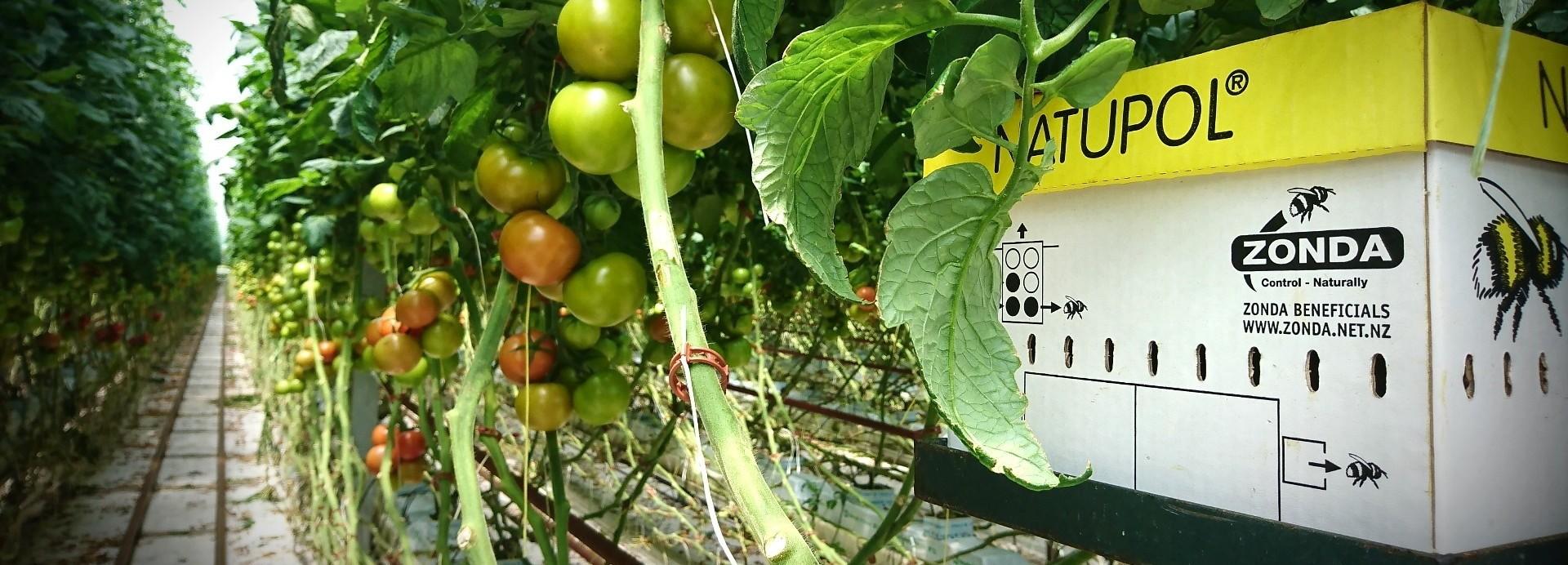
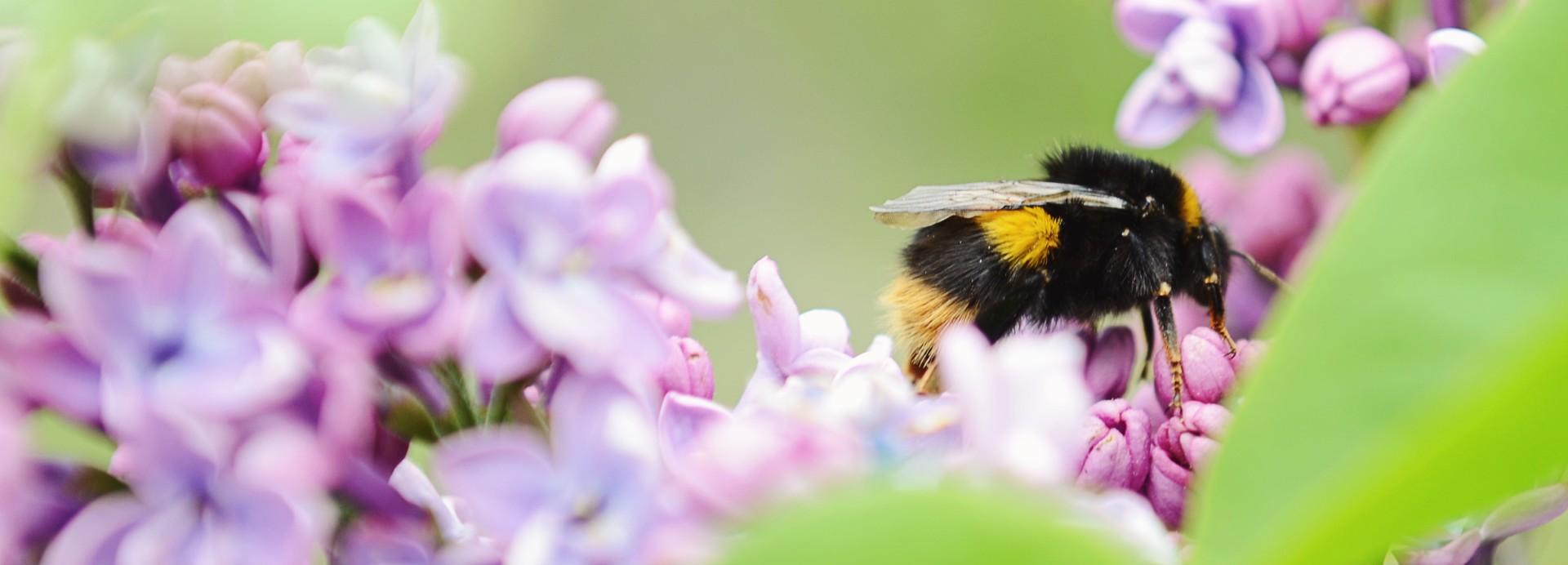
Zonda Beneficials provide specialised biological crop protection through the use of beneficial bugs. We offer natural solutions for the control of plant pests and diseases that benefit you, your customer and the environment.
As the world evolves and people become more and more concerned about the food they eat, where it comes from and how its grown, the demand for more ecological, sustainable, production methods grows. Through products, knowledge and advice, Zonda Beneficials helps growers meet those demands.
When natural enemies are used to control pests, the use of chemicals can be reduced, or even eliminated altogether. This is an essential step on the path to developing a more organic approach in the horticultural and agricultural sectors.
The production of these biological control agents is part of a joint venture with Koppert BV of Holland. Koppert pioneered biological control in Europe and brings nearly fifty years of accumulated experience and knowledge to the NZ market.
This knowledge has proven to be invaluable, with growers consistently achieving greater levels of success regrading pest control
Zonda Beneficials supplies a complete biological system, from live products to advice and guidance. Delivering a healthy combination for everyone.
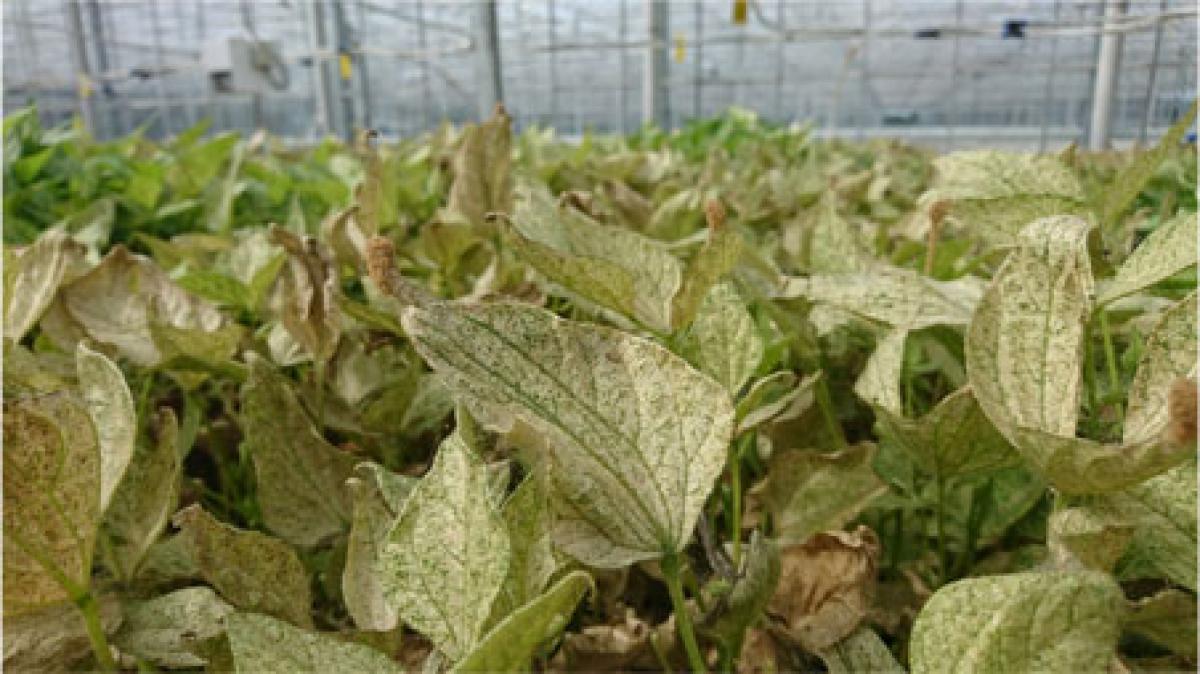

Aphids are a big problem in the horticultural sector. Through their enormous reproductive capability, aphids can cause severe damage to several crops. Resistance to pesticides is increasing. Important aphids occurring in glasshouses are: the cotton aphid Aphis gossypii, the glasshouse potato aphid Aulacorthum solani, the potato aphid Macrosiphum euphorbiae and the green peach aphid Myzus persicae.
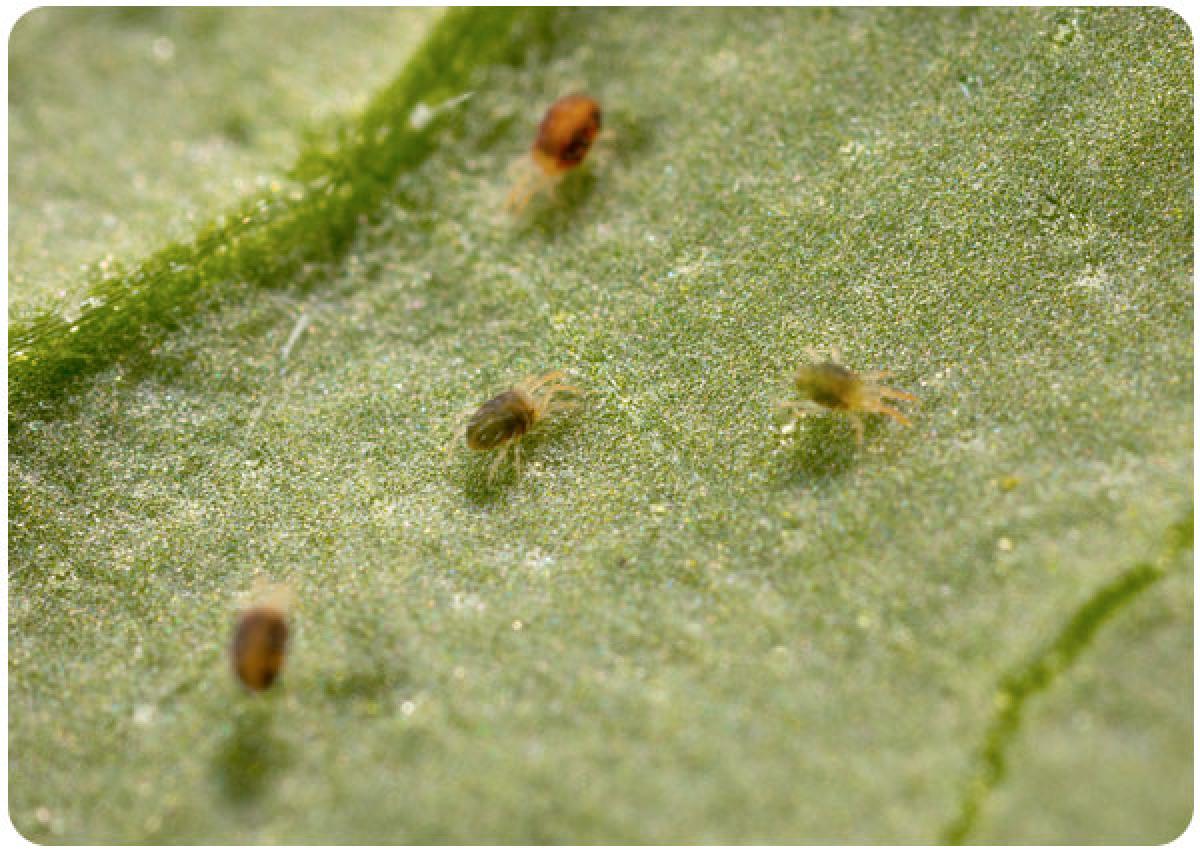
Spider mites are a pest in many crops. Their great reproductive capacity enables them to cause enormous damage in a short period of time. In many protected crops the two spotted spider mite Tetranychus urticae is the most important pest. In field crops, other Tetranychus species can also cause damage.
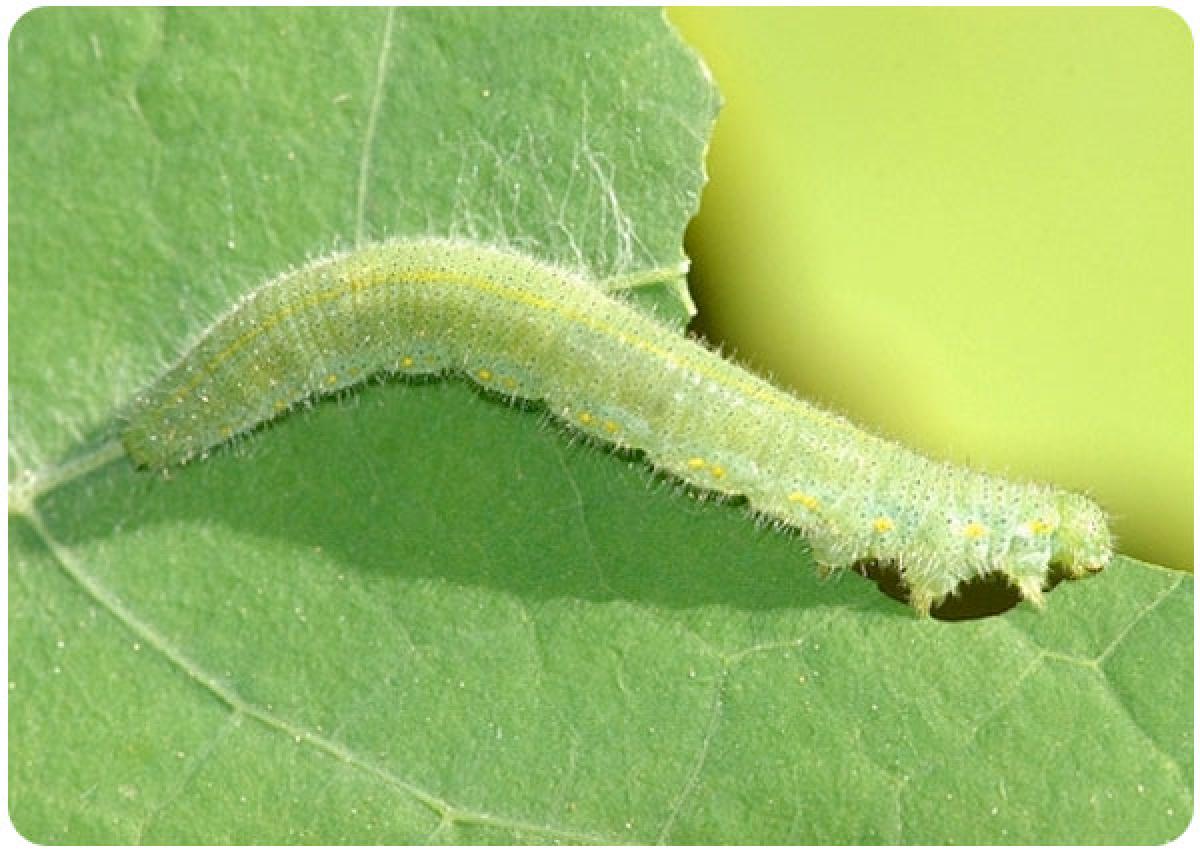
Caterpillars of several butterfly and moth species cause damage to a variety of crops. The most important species occurring in glasshouses are the green looper (Chrysodeixis eripsoma), the tomato fruitworm (Heliothus zea), the tropical armyworm (Spodoptera litura), tomato stem borer (Symmetrischema tangolia), light brown apple moth / leaf roller (Epiphyas postuitana)
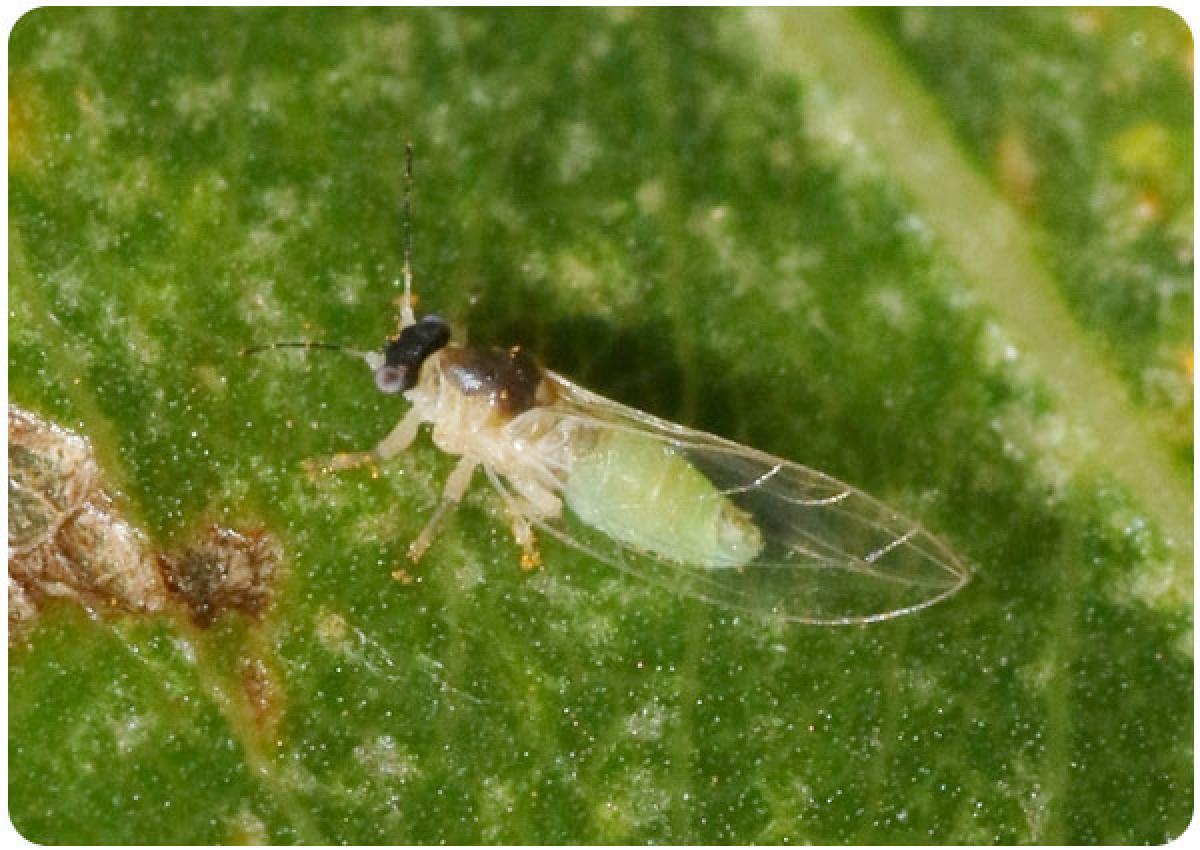
The psyllid is major pest to tomato, potato and sweet pepper. Due to its ability to jump and fly, readily dispersing between plants, the psyllid poses a serious threat.
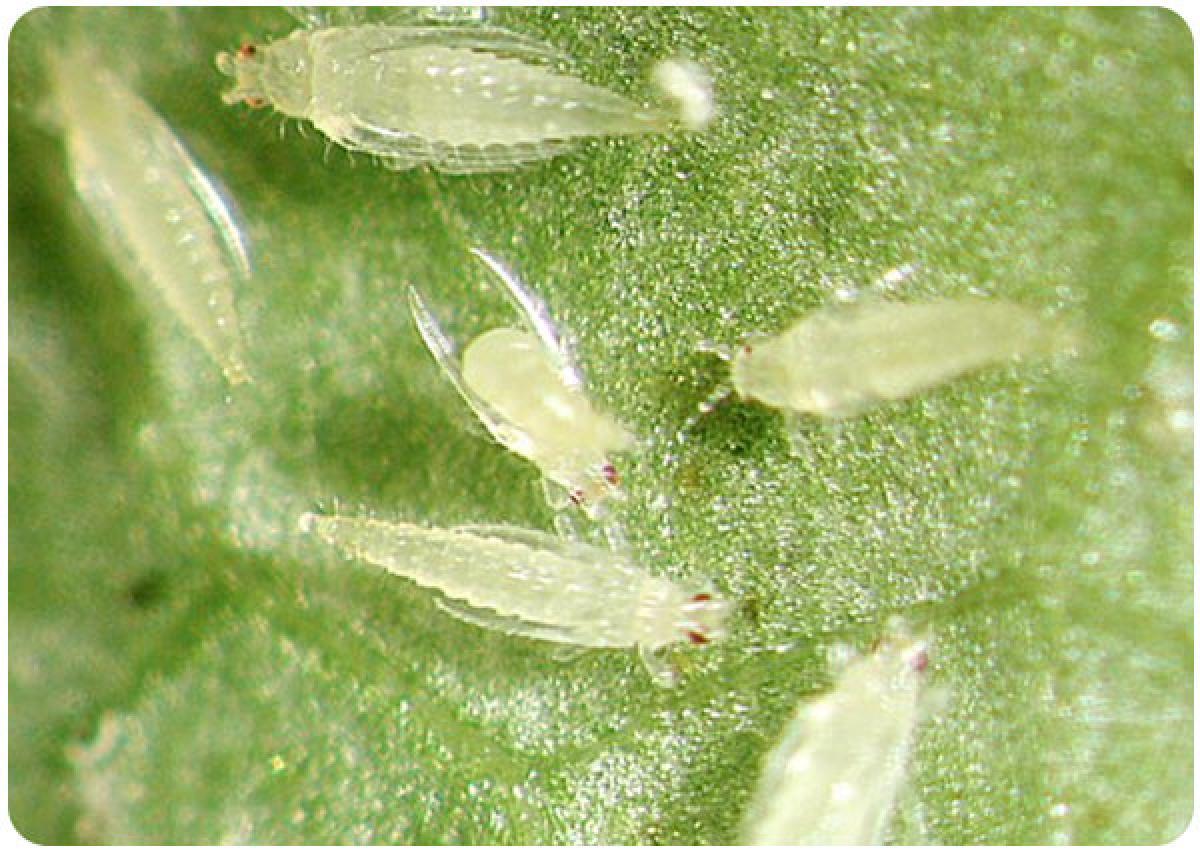
Onion Thrips (Thrips tabaci) and western flower Thrips (Frankliniella occidentalis) are a major problem in many protected crops, especially in cucumber.
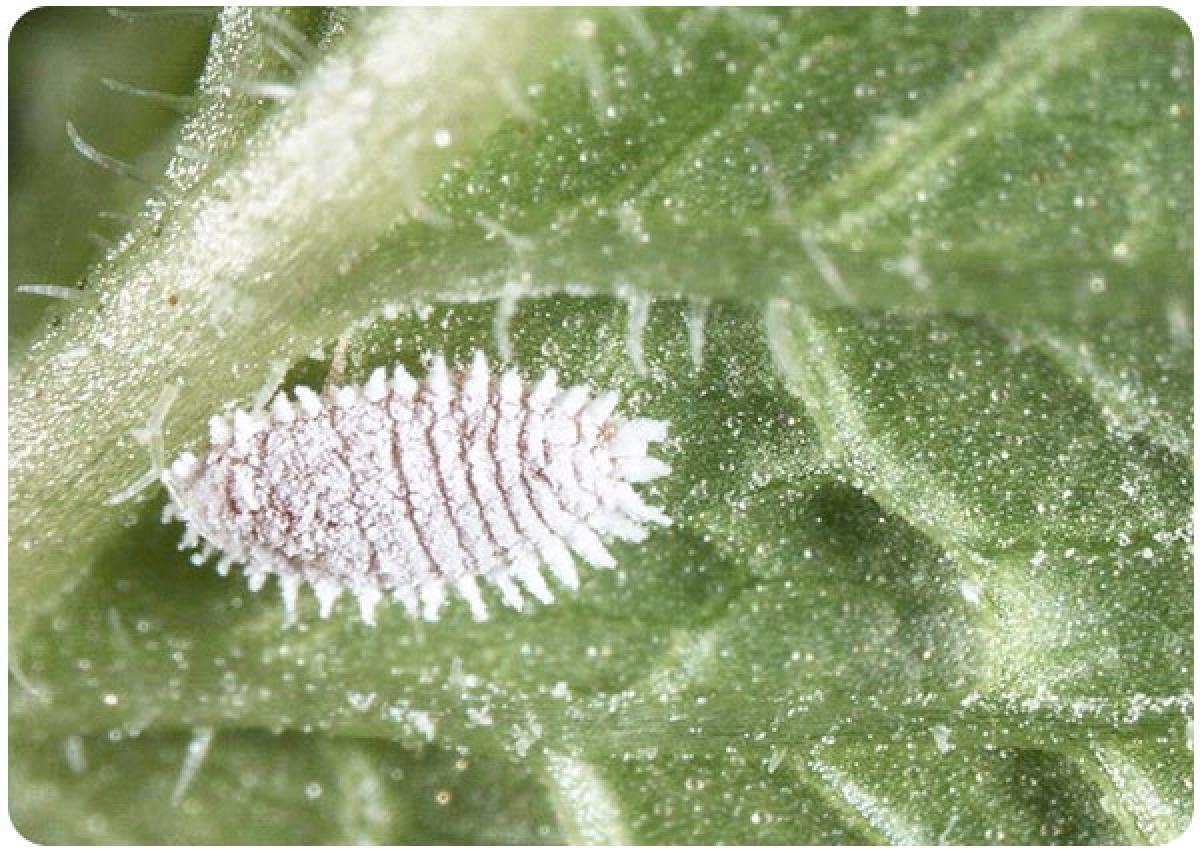
Mealybugs cause damage to several crops in the horticultural sector. The most important species occurring in the glasshouse belong to the genera Planococcus and Pseudococcus. Within the Planococcus genus, the citrus mealybug Planococcus citri is a particular problem; several species within the Pseudococcus genus occur in glasshouses.
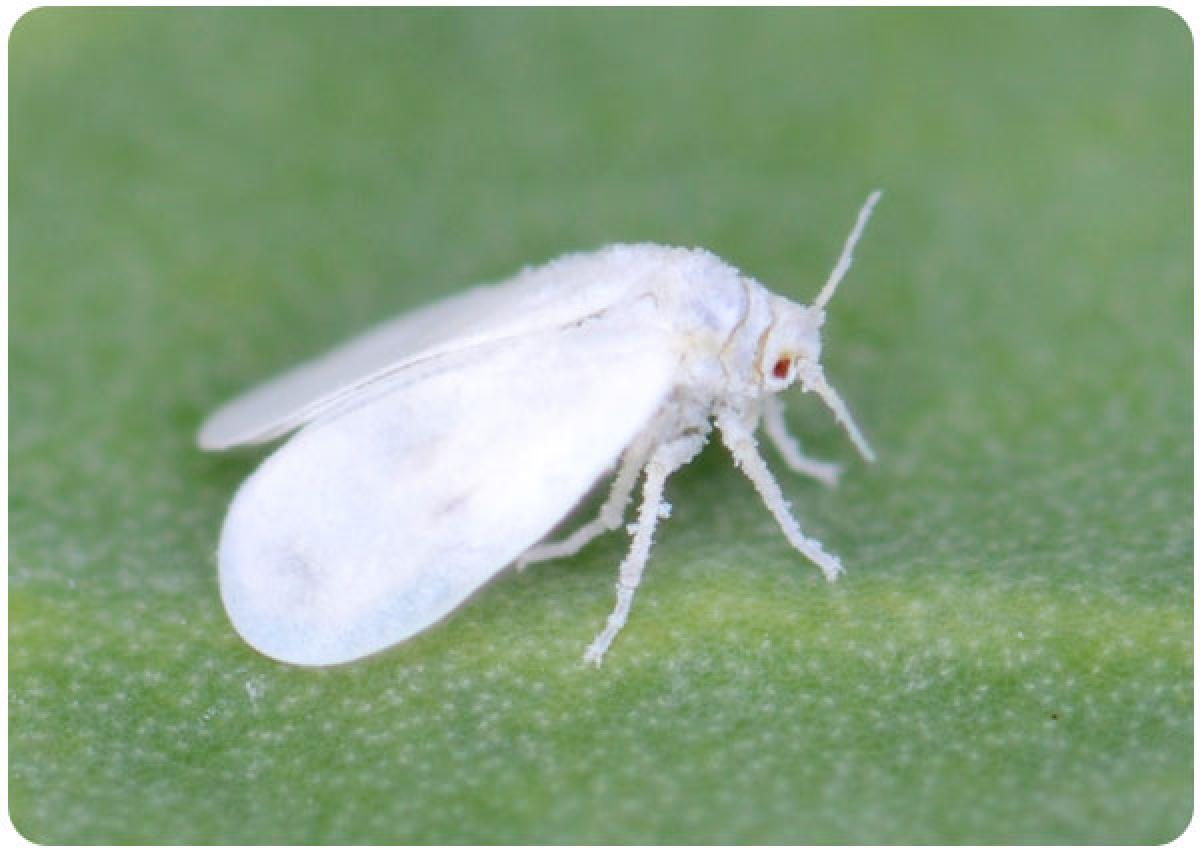
The greenhouse whitefly Trialeurodes vaporariorum and the sweet potato whitefly Bemisia tabaci are major pests of many vegetable and ornamental crops. Due to its high resistance to most insecticides, the tobacco whitefly poses a particular threat to many crops.
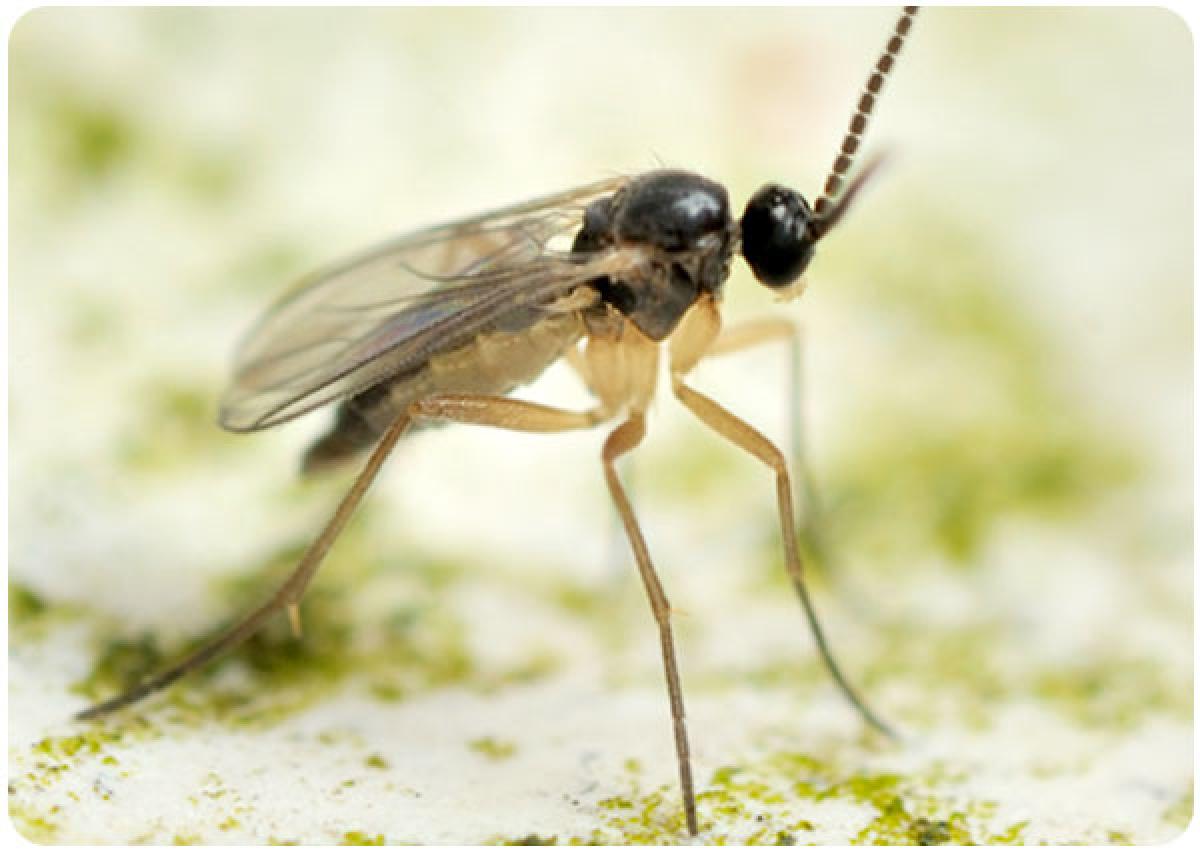
Fungus gnats (Sciaridae) are a difficult pest, especially in young plant material. They can cause damage to seedlings,rootstock and cuttings of many plant specises. Sciarid filies are often found in moist, organic environments.
Need help?